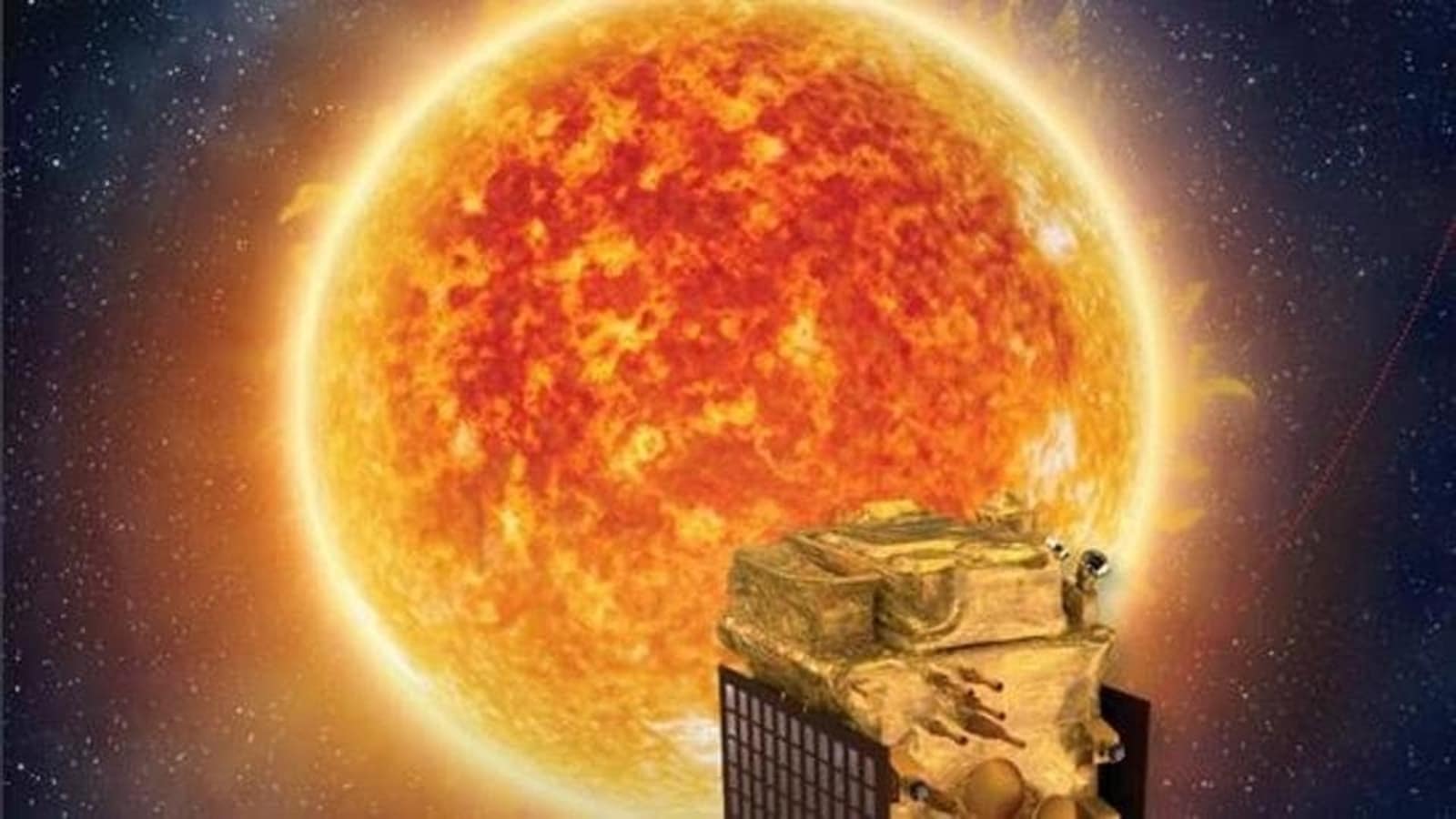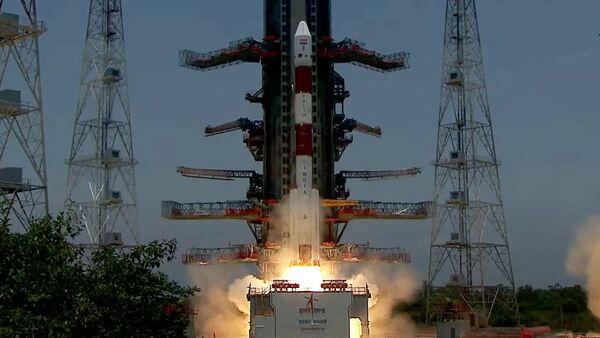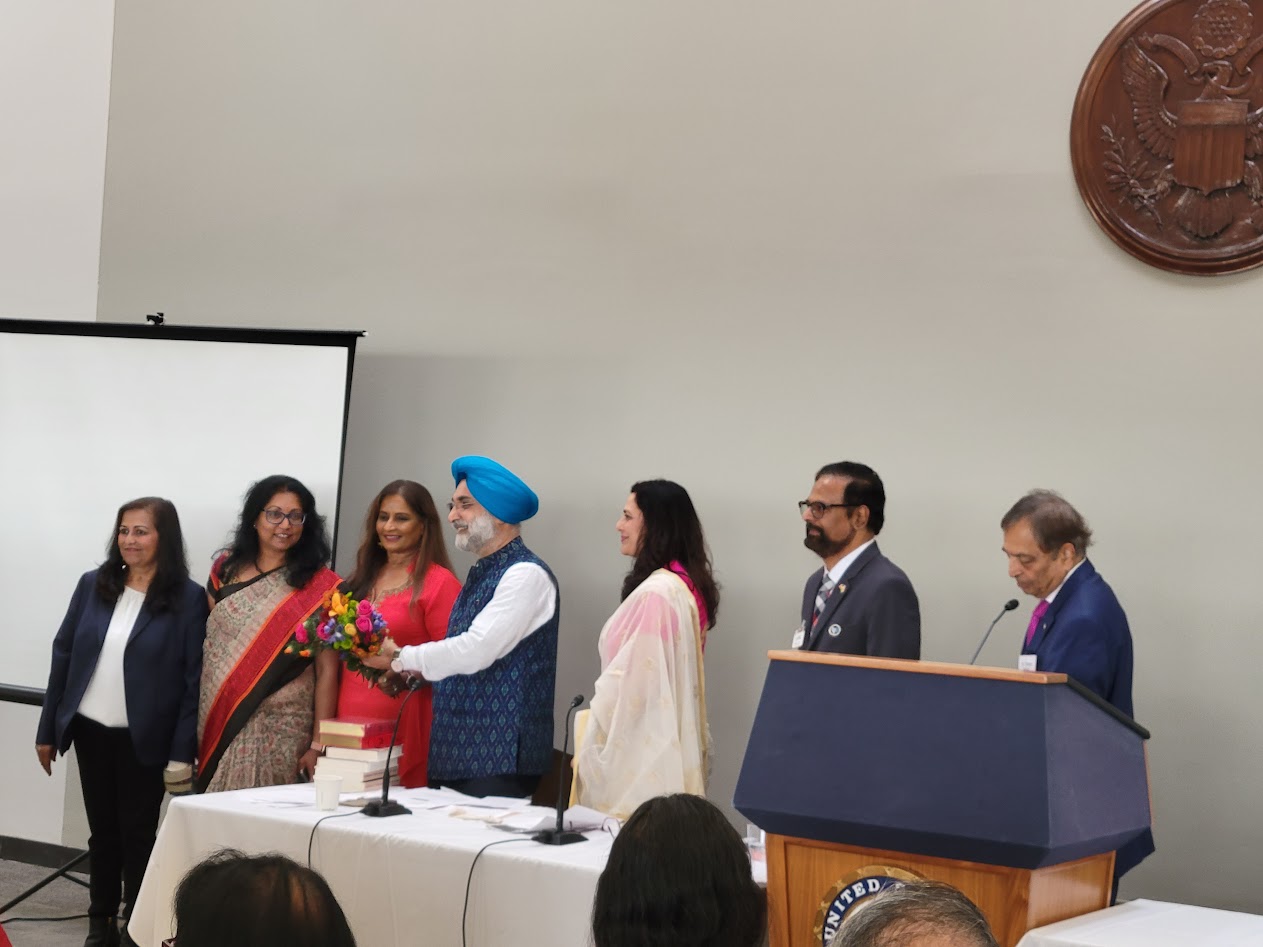After 125 days, Aditya will reach the observation point, 1.5 million kilometers from the Earth in the direction of the Sun
Our Bureau
Sriharikota, India
The Indian Space Research Organization (ISRO) has successfully launched Aditya-L1, India’s first space-based mission to study the sun, on September 2, 2023, from Satish Dhawan Space Center in Sriharikota, Andhra Pradesh. This comes after the successful moon landing.
After a roaring liftoff, the Aditya-L1 was successfully injected into the desired intermediate orbit. “From now the Aditya-L1 will take its journey after some Earth maneuvers to the L1 point, so let’s wish all the very best to the Aditya spacecraft for its long journey of about 125 days and being put around the halo orbit of L1,” ISRO chief S Somanath said after the mission launch.
Prime Minister Narendra Modi congratulated ISRO for this successful launch and said, “After the success of Chandrayaan-3, India continues its space journey. Congratulations to our scientists and engineers at @isro for the successful launch of India’s first Solar Mission, Aditya -L1. Our tireless scientific efforts will continue in order to develop a better understanding of the Universe for the welfare of entire humanity.”

Aditya-L1 has 7 payloads on board, 4 of them will perform remote sensing of the Sun, and 3 of them will carry in-situ observation. The payloads will study the photosphere, chromosphere, and the outermost layers of the Sun (the corona) using electromagnetic, particle, and magnetic field detectors.
President Droupadi Murmu also extended her good wishes to the ISRO team. “The launch of Aditya-L1, India’s first solar mission, is a landmark achievement that takes India’s indigenous space program to a new trajectory. It will help us better understand space and celestial phenomena. I congratulate the scientists and engineers at @isro for this exceptional feat. My best wishes for the success of the mission,” she wrote on X.
Aditya-L1 in the halo orbit around the Lagrange point 1 (L1), about 1.5 million kilometers from the Earth, will have the unique advantage of continuously viewing the Sun, without any hindrances caused by eclipses.


























